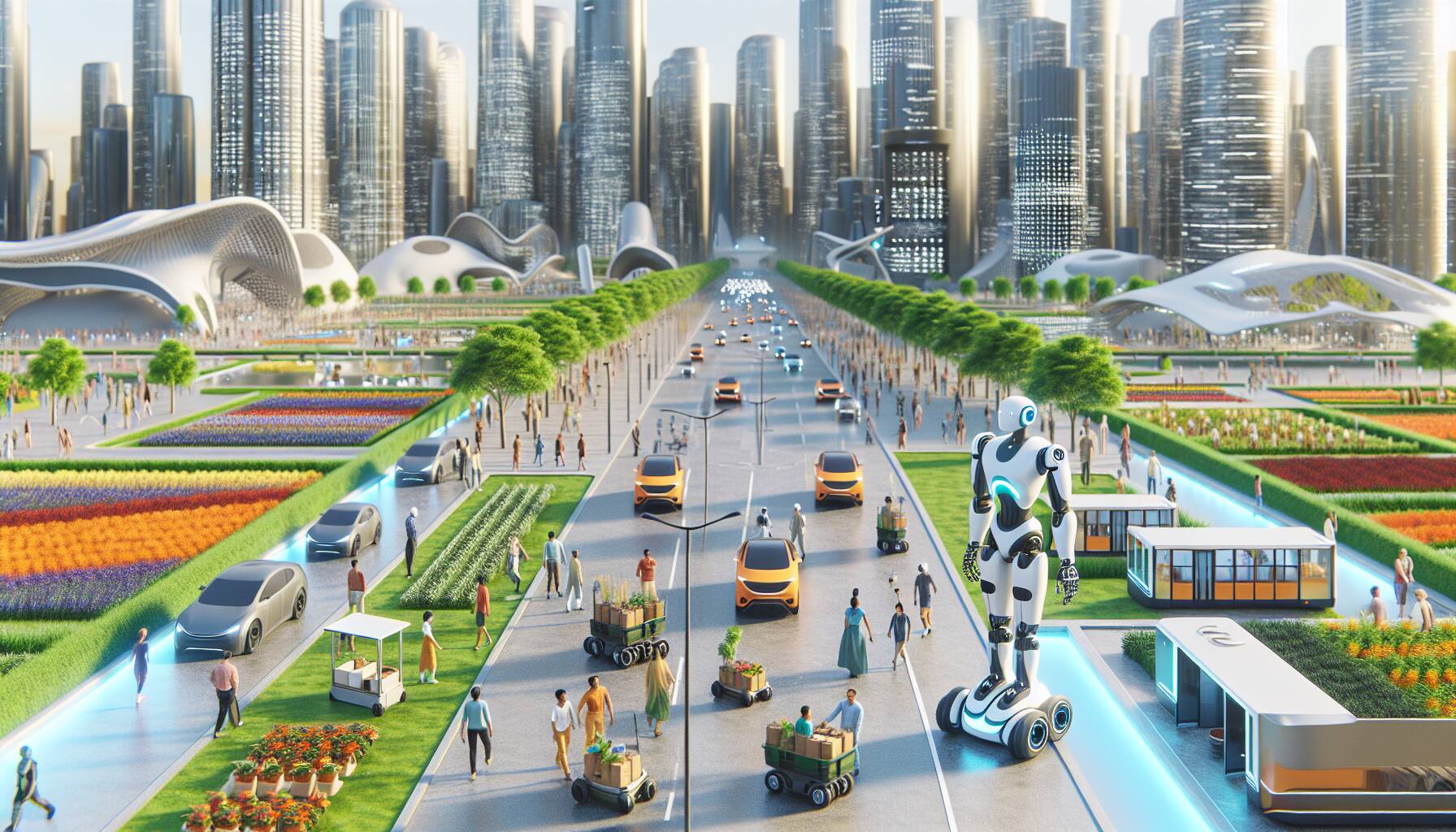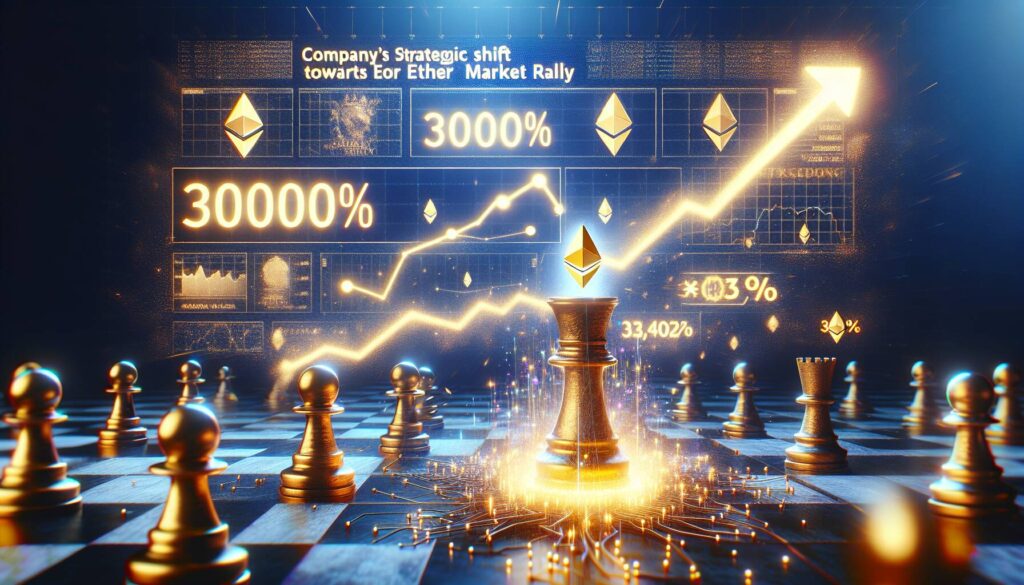In an era that often feels borrowed from science fiction, the convergence of artificial intelligence and robotics is becoming increasingly tangible. With advancements in large language models and generative AI, autonomous robots are now able to think and plan in ways that blur the lines between machines and humans. This new paradigm raises exciting possibilities, from robots assisting in classrooms to those navigating complex logistics in healthcare and defense, illuminating the potential for a future where these machines seamlessly integrate into our daily lives.
However, this innovative landscape is not without its challenges. Key questions arise about how to incorporate autonomous systems into human society, especially considering that many existing frameworks were designed specifically for humans. Issues such as varying regional regulations and the need for uniform standards for safety and ethics are critical as we explore the integration of thinking machines across different sectors.
Fortunately, the decentralized networks established over the past 16 years—rooted in blockchain technology—offer a promising infrastructure to facilitate this transition. These systems are inherently more flexible, capable of adapting to interactions between humans and machines without the limitations of traditional technologies. With decentralized governance mechanisms, such as Decentralized Autonomous Organizations (DAOs), being implemented, the regulatory landscape for autonomous technologies could see a transformative shift, enabling faster innovation and collaboration across borders.
Current studies highlight significant shortages in various sectors, particularly education and healthcare, presenting a unique opportunity for autonomous robots to step in. For instance, UNESCO estimates a critical need for 44 million teachers worldwide by 2030, while the WHO has forecasted a growing deficit of healthcare professionals that could reach 12.9 million by 2035. Here, robots could play a vital role in alleviating these shortages, proving that their integration could enhance productivity and support the human workforce during a time of pressing need.
As we witness companies employing Ethereum to establish decision-making protocols for AI and robotic agents, the path from prototype to real-world application is becoming clearer. These decentralized systems offer a transparent, auditable framework that fosters trust and collaboration across various stakeholders, enabling the secure exchange of data and operational models. This sets the stage for a future where autonomous robots not only coexist with humans but thrive alongside them, paving the way for an environment rich in innovation and possibility.

The Rise of Autonomous Robots and Their Integration into Society
The emergence of autonomous robots, fueled by advanced AI technologies, presents both exciting opportunities and significant challenges for society. Here are the key points to consider:
- Integration into Daily Life:
- Autonomous robots can operate in various environments like schools, hospitals, and homes.
- They may offer consistent actions and opinions across digital platforms and real-world interactions.
- Regulatory Challenges:
- Global regulations for autonomous machines are fragmented and need uniform standards for safety and ethics.
- Debates exist on whether to outlaw, pause, or regulate the development of thinking machines.
- Decentralized Governance:
- Decentralized systems like blockchain provide a framework for governance that doesn’t prioritize human attributes.
- They facilitate effective collaboration and communication between humans and machines.
- Addressing Labor Shortages:
- Autonomous robots can help alleviate the significant shortages in education and healthcare, providing assistance and support.
- They can enhance learning experiences for children and improve patient care in overloaded healthcare systems.
- Acceleration of Development:
- Decentralized networks enable faster sharing of data and innovations among robotics developers.
- Smart contracts streamline the interactions between robots, promoting efficiency in task execution.
- Public Trust and Security:
- Transparent and immutable rules governing robot behavior can enhance public trust in autonomous systems.
- Decentralized systems ensure traceability and accountability in robot interactions.
“The laws governing machines’ actions are public and immutable, providing a foundation for trust and interaction.”
Revolutionizing Robotics: A Comparative Analysis of Competitive Innovations
The emergence of autonomous robots equipped with advanced language models and generative AI has sparked a wave of discussions in the tech community. This rising trend closely mirrors several innovations in robotics and artificial intelligence, each bringing unique strengths and weaknesses. One of the primary competitive advantages of integrating decentralized networks into autonomous systems is the ability to enforce uniform regulations and standards across global jurisdictions. Unlike traditional systems tethered by geographic constraints, this approach fosters a seamless integration of thinking machines into diverse environments, from schools to factories.
However, the decentralized model is not without challenges. Regulatory fragmentation worldwide poses significant hurdles, especially for innovators and developers hoping to navigate an eclectic mix of laws. In regions like Ontario, regulatory frameworks are more accommodating, paving the way for faster advancements in robotics. In contrast, jurisdictions without robust regulations may inadvertently create an uneven playing field, stifling innovation and resulting in a multi-tiered adoption of autonomous technologies. This disparity could potentially impact businesses operating across borders, creating complications in compliance and slowing down their implementations.
Moreover, the collaboration between humans and machines can benefit numerous sectors. For instance, educational institutions facing severe teacher shortages could capitalize on autonomous robots’ potential to alleviate staffing deficiencies. Unlike the conventional apprehension surrounding job displacement, these robots could enhance educational experiences by providing personalized attention and support to students. However, it raises concerns about the quality of human interaction in these newly augmented learning environments, which could lead to polarized sentiments among educators and parents alike.
In healthcare, the promise of autonomous robots is particularly compelling. The World Health Organization has identified a critical shortfall in health professionals, and robots could significantly alleviate the burden on overstretched healthcare systems. They would be invaluable in administrative tasks, patient monitoring, and even performing certain surgical procedures. Yet, reliance on robotic systems might inadvertently create a dependency that diminishes the skill sets of healthcare employees over time. This scenario highlights the importance of ensuring a balanced integration of human expertise and robotic assistance in high-stakes environments.
The defense sector also stands to benefit from the advancements in robotics. The utilization of autonomous drones and other robotic assets can undertake missions deemed too dangerous for human operators, thereby increasing operational efficiency. Yet, this raises ethical dilemmas regarding decision-making in warfare and national security. New defense technologies could lead to an arms race or even unintentional escalations in conflict due to mismanagement or technical failures, provoking concerns over stability and accountability.
In sum, while decentralized networks and autonomous robots have the potential to revolutionize numerous industries, they also carve out a complex path filled with both opportunities and complications. The potential for societal transformation is immense, but careful navigation is essential to avoid disruptive consequences for workers and to ensure that technological progress benefits all.

















